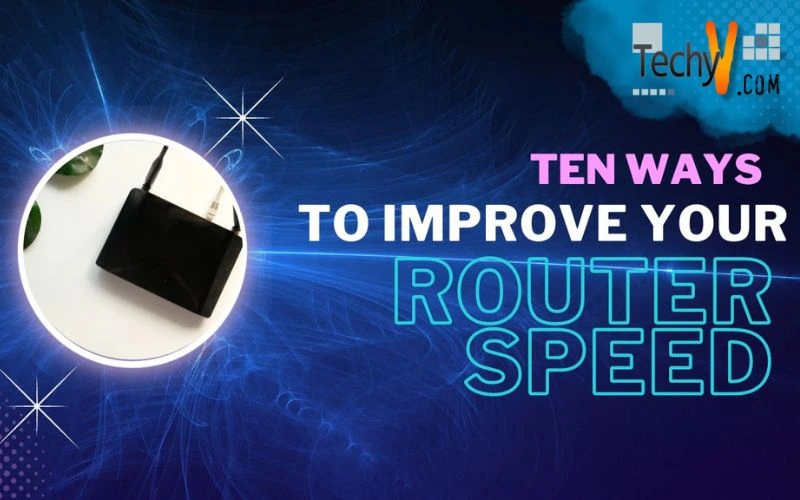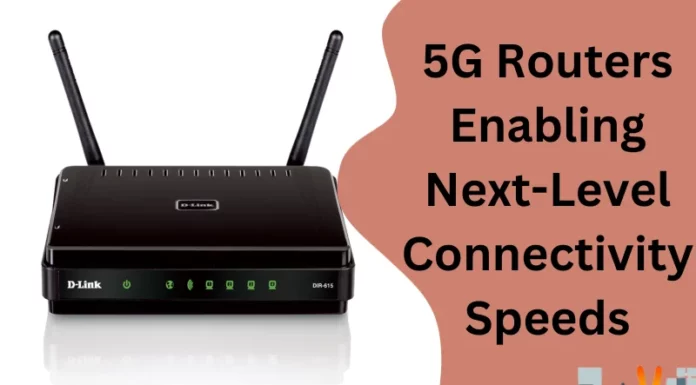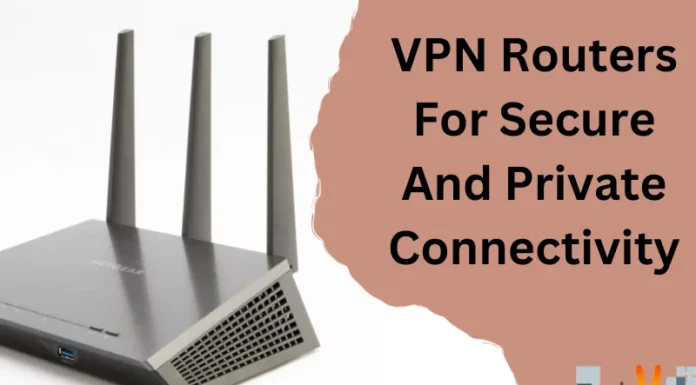Your internet connection speed may be drastically improved with a decent router. What other options do you have if you don’t have the funds to buy a top-of-the-line model? If you want to learn how to optimise router settings for speed or how to set up the best router setup for quicker internet, keep reading.
1. Create A Timetable For Rebooting
Most modern routers do not require regular rebooting. However, as most people are aware, restarting your router is typically all it takes to get your internet connection back up and running. If you frequently reset your router, both DD-WRT and Tomato firmware provide timed reboot settings. Set it to reboot once a day while you’re sleeping, and you won’t even notice the time it takes for the router to shut down and restart.

2. A New Antenna Will Help Your Router Run Faster
Purchasing a new antenna is a simple method to speed up a router. Most consumer-grade routers have a terrible antenna. Without a new device, an amplified aftermarket antenna is a terrific remedy and a simple method to increase signal quality (and hence speed). Before purchasing a large antenna, however, verify your local wireless broadcast restrictions. Amplifying your Wi-Fi signal is banned in some places (or maybe illegal over a certain threshold).
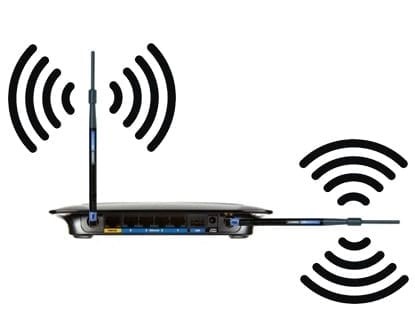
3. Outdated Wireless Protocols Must Be Disabled
Many ISPs’ service offers are greatly outstripped by newer routers that use the 802.11ax standard. While your router may be fast, many of your devices are likely utilising outdated protocols, such as 802.11b, which slows down your whole network the moment this device joins. The quickest protocols are axe > ac > n > g > b, in order of fastest to slowest. To learn how to accomplish this, consult your router’s manual.
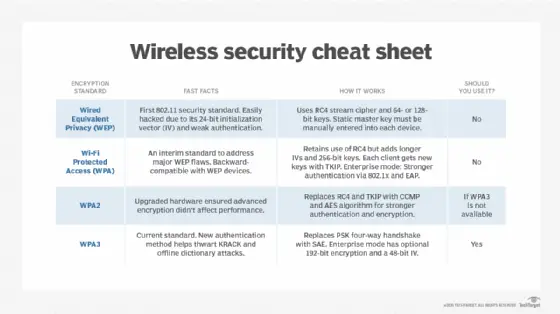
4. Adjust The Width Of The Channel
Changing the channel width is frequently required for the optimum router setup for local speed. The greater the width, the older devices using older protocols will be affected.
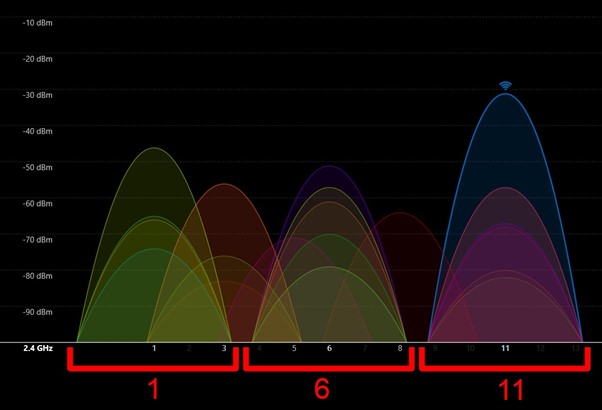
5. Regularly Update Your Router Firmware
Ensure your router is constantly running the latest software and firmware from the vendor. Sure, the upgrades are usually security patches, but they won’t make your network blazing-fast overnight. However, every small step forward can assist. If you haven’t updated in a while, you may see a bigger bump than you expected.
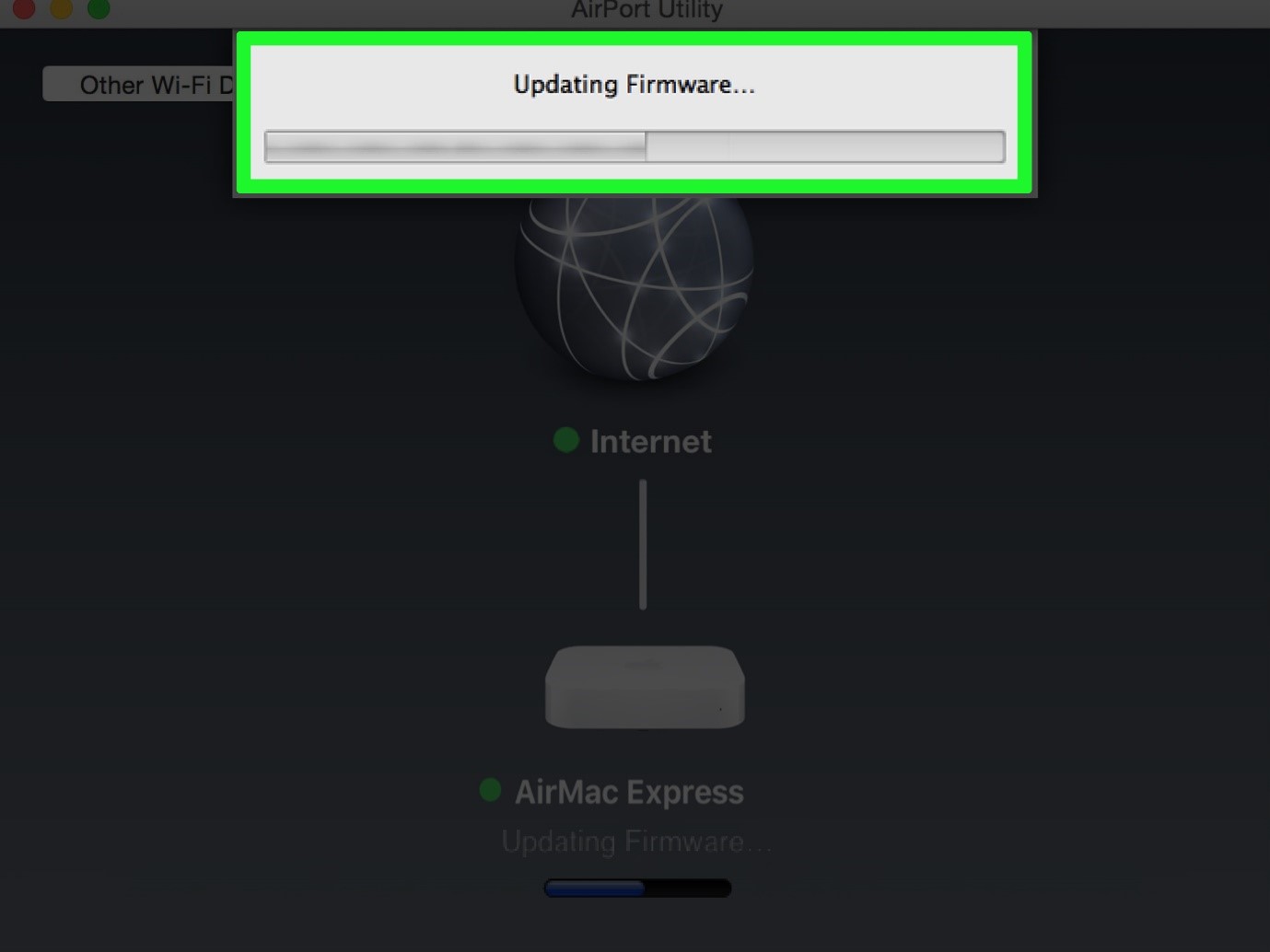
6. Keep Changing Router Position To Find The Optimal Location
Finding the optimum router settings for fast internet isn’t enough. You should also think about where you’ll put your router in your house. Because your router is competing with every other 2.4GHz and/or 5GHz device in your region, even minor adjustments can make a big impact. Furthermore, your home’s construction materials may interfere with the wireless signal. Wi-Fi signals are famously difficult to get through solid concrete walls, for example.
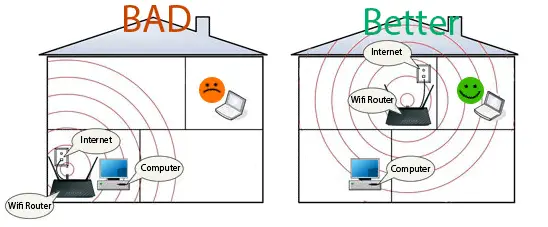
7. Optimize The Channel Settings On Your Router
There are several free tools available that will scan your local airwaves for the least crowded stations. They will then advise you on which channel to change to. From the router’s settings, you must modify the channel. Use your device’s handbook or online help page to figure out how to accomplish this once again.
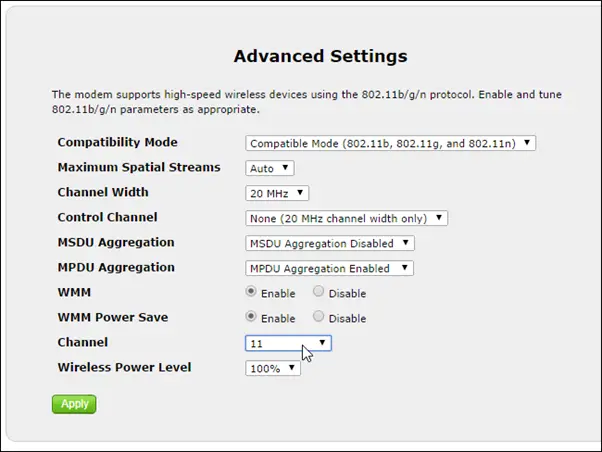
8. Change The Router’s Band
Wireless gadgets are abundant in the average home. Fortunately, with a dual- or tri-band router, you’ll be able to separate them for maximum speed. Simply put, you’re creating a new network lane. While a one-lane road will take you there, two (or three) lanes will be more convenient for everyone. Instead of all your devices contending for space in the 2.4GHz band, if you have a dual-band router, you may allocate them to the second (and often less congested) 5GHz band.
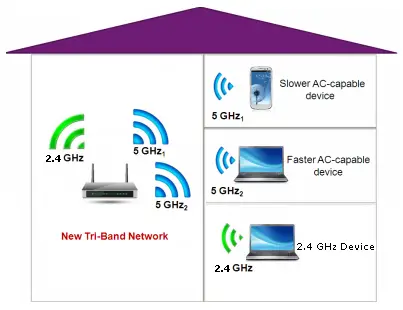
9. Change Your Password And Network Name
Many otherwise tech-savvy people still utilise their router’s default login and password. With non-default passwords, even intermediate hackers may break into relatively secure networks. It’s also crucial to have a strong Wi-Fi password. While you may do a fantastic job of separating your devices into different bands, upgrading your firmware, and switching channels during peak traffic hours, it’s all for nought if your neighbours are using your Wi-Fi to download movies all day.
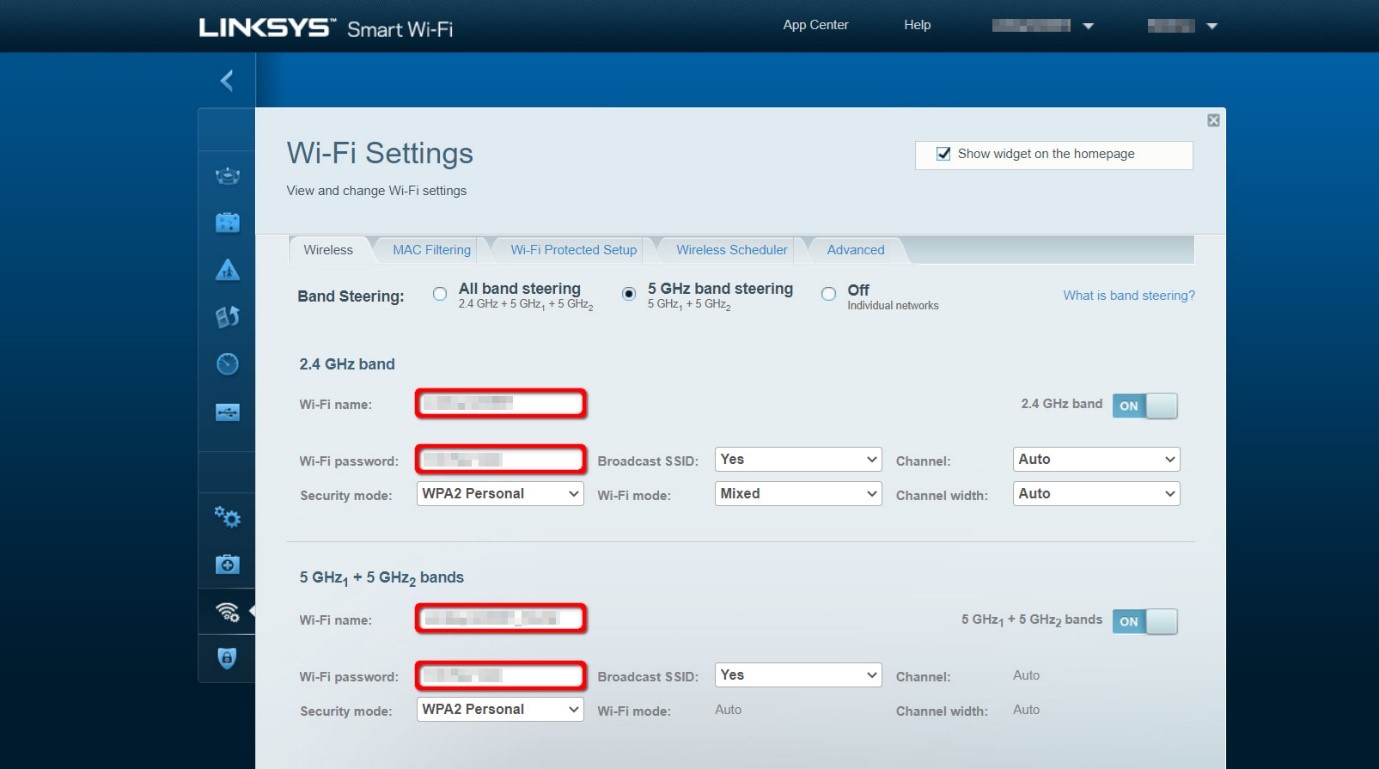
10. Reinstall The Firmware Or Install New Firmware
Many routers keep the settings as simple as possible so you don’t mess anything up. While this is fantastic for most users, there are times when you just want to dig in and tinker with the settings until you have a router that costs far more than it does. Some of the most popular routers have open-source firmware choices. While not every router is supported, there are plenty of excellent choices. They can help you speed up a Netgear router, locate the optimum TP-Link router settings, and make almost any router perform quicker.
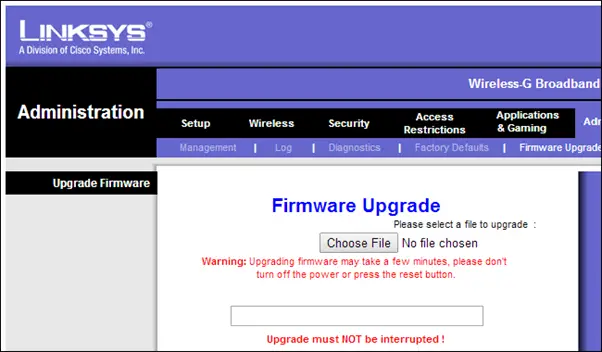
Hopefully, this post has demonstrated how to increase the speed of your router and choose the ideal setup for quicker internet. Some of the processes may appear hard, but if you take the time to study and comprehend the modifications accessible to you, you will be able to speed up your router in minutes.



